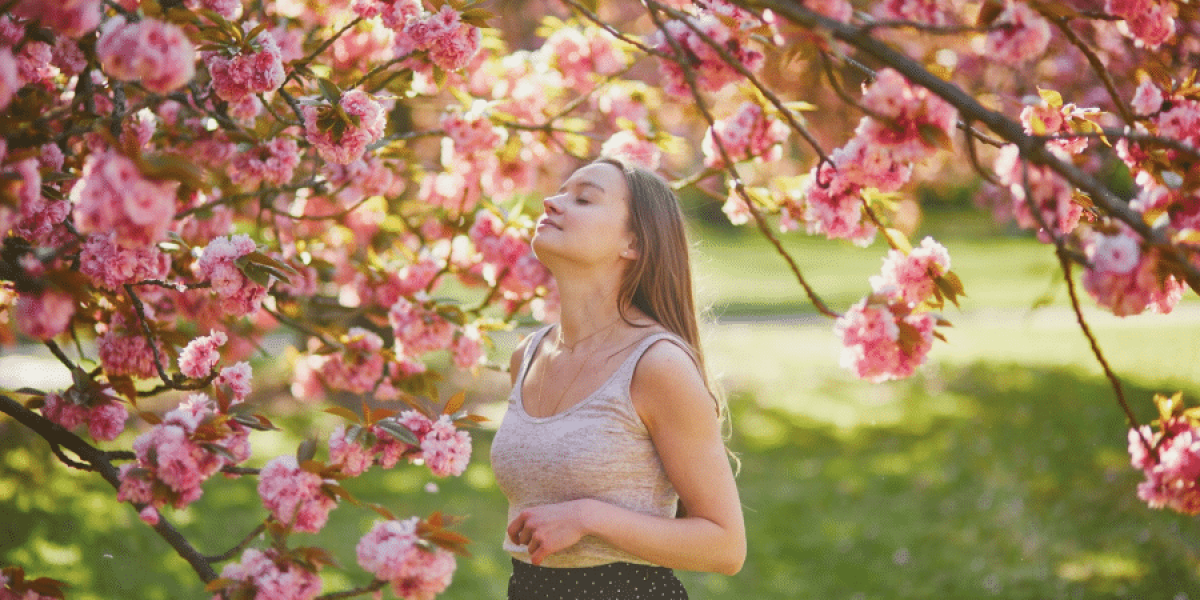Springtime in Japan. The air is crisp, and delicate pink clouds paint the landscape. It’s sakura season, a time celebrated for its fleeting beauty and the iconic sakura tree, also known as the Japanese cherry. But can you recreate this magic in your own American backyard? The answer, like the delicate petals of the sakura itself, is a beautiful shade of “it depends.”
Read also: Why Beach Getaways Are Essential for Couples
Beyond the Romance: The Right Sakura for the Right Region
First, let’s dispel a common misconception: sakura trees aren’t all created equal. There are over 200 varieties, each with its own specific needs and blooming times. The iconic “somei yoshino” sakura, with its fluffy pink blossoms, might not be the best choice for every US climate zone. As painter Angel Anderson points out, “These stunning trees…flourish in USDA hardiness zones 5 through 9—essentially regions with warm and humid summers and winters that don’t get too extreme.” Planting a sakura unsuited to your climate is a recipe for disappointment – a sad, stunted tree with sparse blooms, if any.
But fear not, sakura enthusiast! There are several cold-hardy varieties that can thrive in many parts of the US. The Sargent cherry, for instance, boasts stunning deep pink blossoms and can withstand temperatures as low as -25°F. Another option is the Yoshino cherry, a cousin of the somei yoshino with slightly darker pink blossoms and a bit more cold tolerance.
Planting Paradise: Creating the Perfect Home for Your Sakura
So, you’ve chosen your sakura warrior – a variety that can handle the winters in your region. Now comes the real challenge: creating the perfect environment for your new tree to blossom. Here are some key things to consider:
- Sunshine: Sakura trees are sun-loving creatures. Aim for a spot that receives at least six hours of direct sunlight per day. A south-facing location is ideal, as it will offer the most sunlight throughout the day.
- Soil: Well-drained, slightly acidic soil is ideal. If your soil is heavy clay, consider amending it with sand or compost to improve drainage. Sakura trees dislike “wet feet,” so good drainage is crucial for their health.
- Watering: Newly planted trees need regular watering, especially during the first growing season. Aim to water deeply and thoroughly once or twice a week, depending on the weather conditions. As your sakura matures, it will become more drought-tolerant. However, during extended dry periods, a good soaking every few weeks will be appreciated.
- Pruning: Regular pruning is essential for maintaining a healthy shape and encouraging blooms. However, avoid drastic pruning, as sakura trees flower on old wood. Focus on removing dead, diseased, or overcrowded branches in late summer or early winter.
Beyond the Basics: Patience and a Little TLC
Planting a sakura tree isn’t a quick fix for instant springtime magic. These trees are slow growers, and it can take several years before you see your first blossoms. Patience is key, and with proper care, your sakura tree can reward you with breathtaking blooms for decades to come. Here are some additional tips for success:
- Fertilize: Young trees can benefit from a light application of fertilizer in early spring. Choose a fertilizer specifically formulated for flowering trees.
- Mulch: Apply a layer of mulch around the base of your tree to retain moisture, suppress weeds, and regulate soil temperature.
- Be mindful of pests and diseases: While sakura trees are generally quite resistant to pests and diseases, keep an eye out for common problems like aphids, caterpillars, and fungal diseases. There are organic methods available to address most issues, but consult a certified arborist if you’re unsure how to proceed.
Read also: Capturing Beauty: The Artistry of Studio Photography
A Celebration Beyond Borders
While the cultural significance of sakura blossoms might be deeply rooted in Japan, their beauty transcends borders. Planting a sakura tree in your US backyard isn’t just about aesthetics; it’s a celebration of spring, renewal, and the delicate balance between nature and human care. It’s a reminder that even in the hustle and bustle of everyday life, there’s time to appreciate the fleeting beauty of a single perfect bloom.
So, if you’re willing to put in the effort and choose the right variety for your climate, you can bring a touch of Japanese springtime magic to your own corner of the US. Who knows, maybe your blooming sakura will become a neighborhood tradition, a symbol of hope and beauty for years to come.
Imagine springtime picnics under a canopy of delicate pink blossoms, or quiet moments of contemplation beneath a single, perfect flower. Your sakura tree might just become a cherished part of your family history, a living testament to patience, dedication and the ephemeral beauty of nature. The act of planting a sakura goes beyond simply adding a tree to your landscape; it’s a commitment to nurturing something special, a symbol of growth and impermanence that can teach valuable lessons throughout the years.
Sure, you could opt for a fast-growing ornamental that delivers instant gratification, but the sakura offers a different kind of reward. It’s a slow burn, a promise of springtime beauty that unfolds gradually, year after year. As you witness your sakura grow from a sapling into a mature tree, showering you with its annual display of blossoms, it becomes a marker of time, a reminder of all that has transpired in its presence.
Planting a sakura tree might seem like a daunting task, but the rewards are plentiful. It’s a chance to connect with a different culture, to appreciate the subtle beauty of the natural world, and to cultivate a living legacy that will bring joy to you and future generations for years to come. So, the next time you’re planning your landscaping, consider the allure of the sakura. With a little research, some TLC, and a whole lot of patience, you might just cultivate your own little slice of springtime magic right there in your own American backyard.








